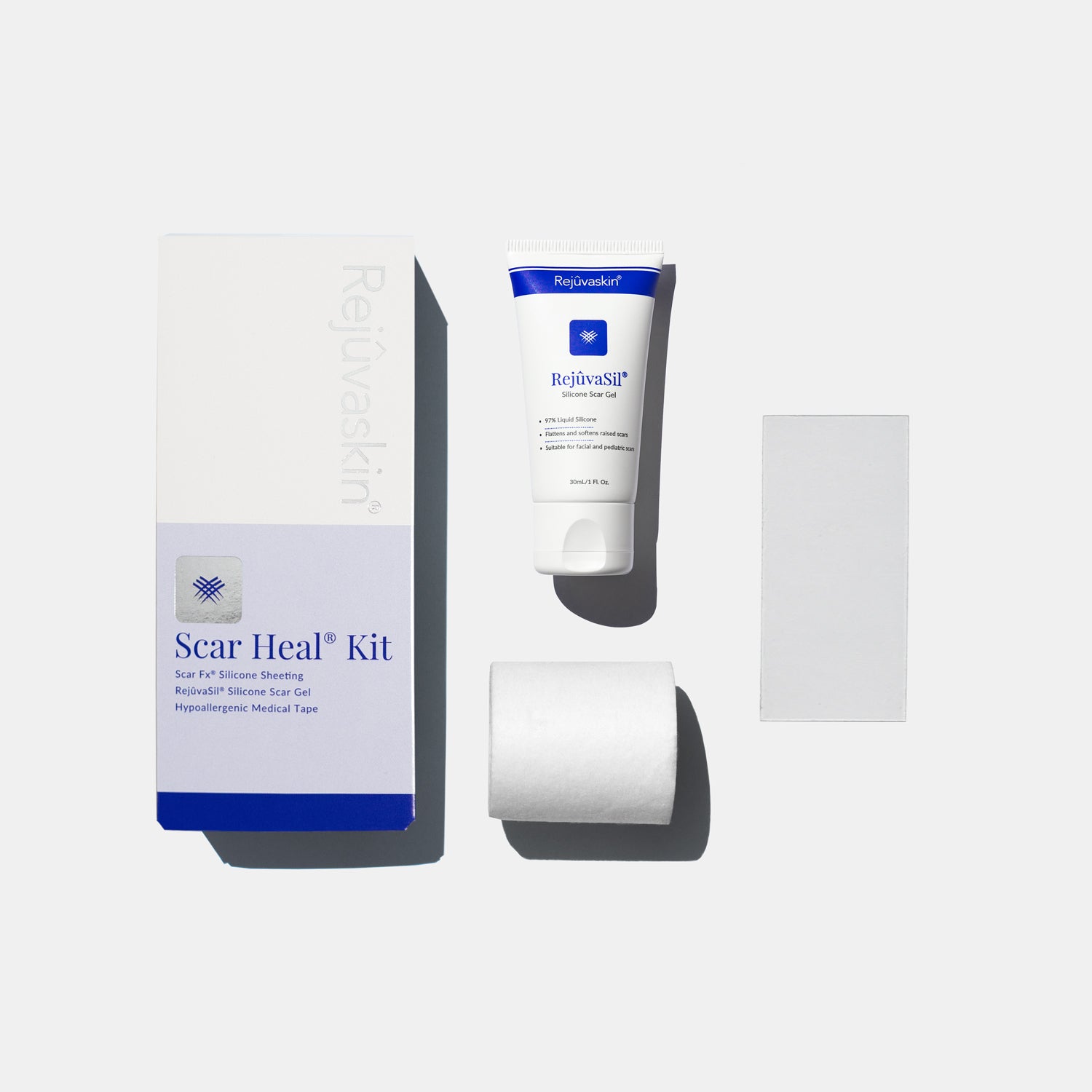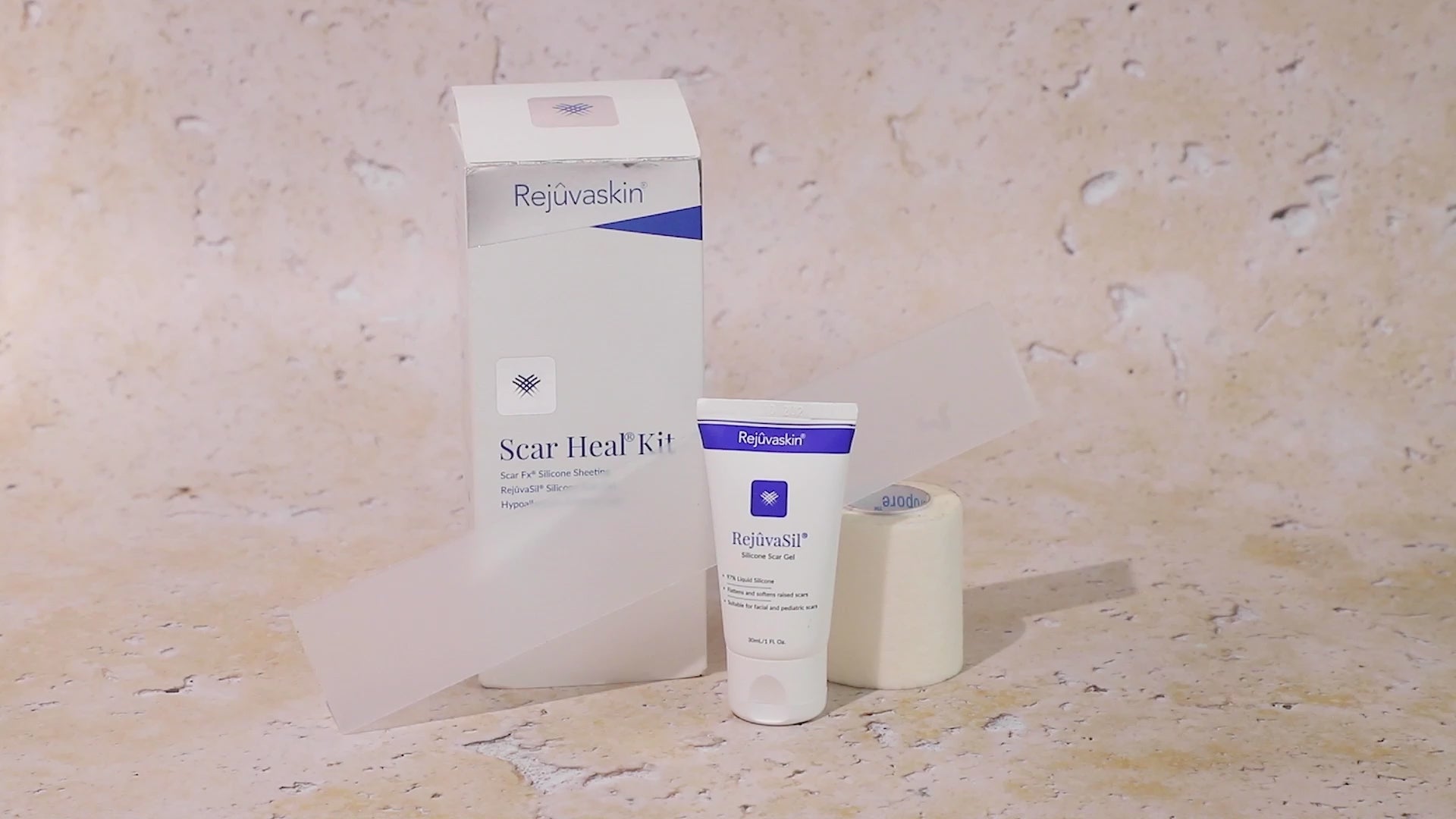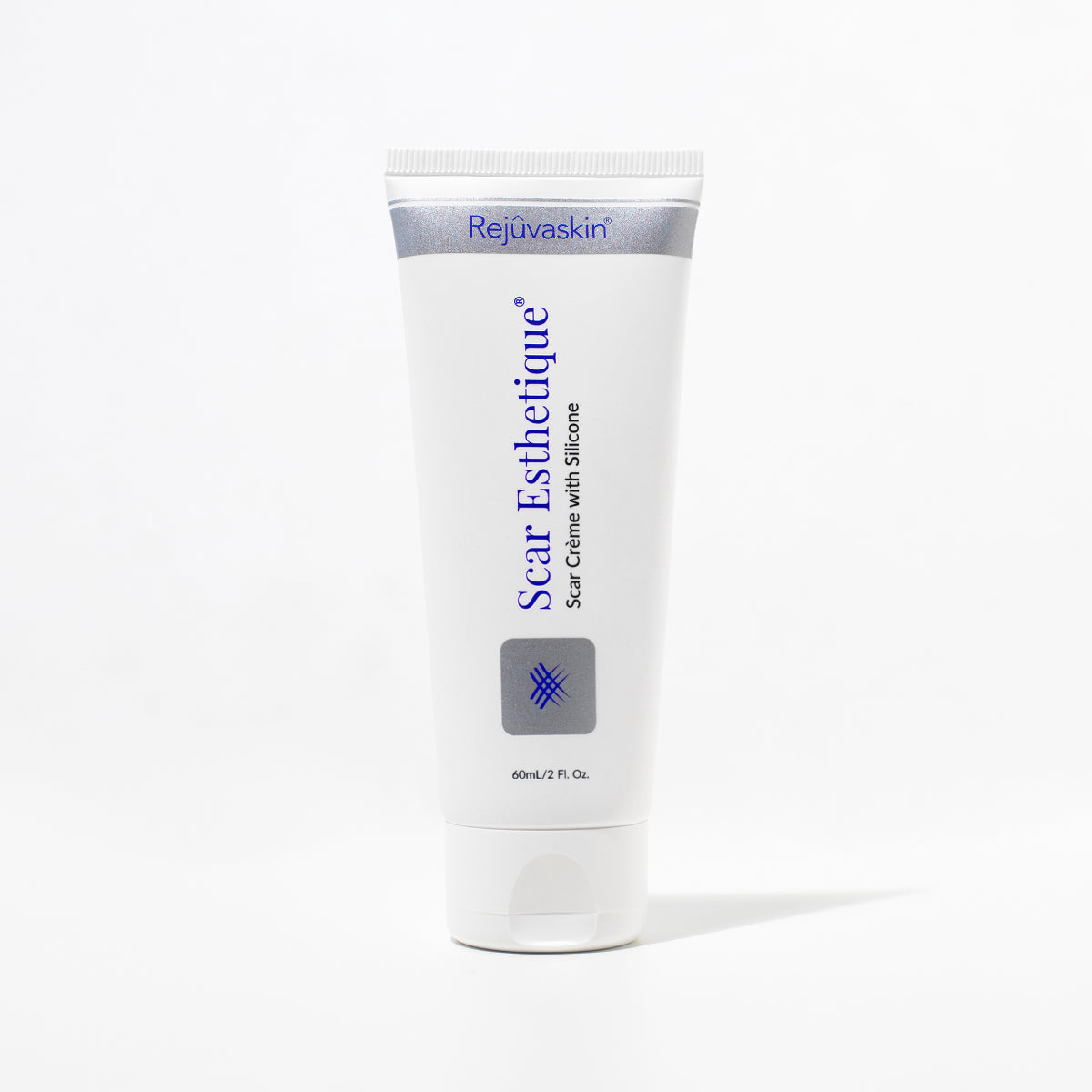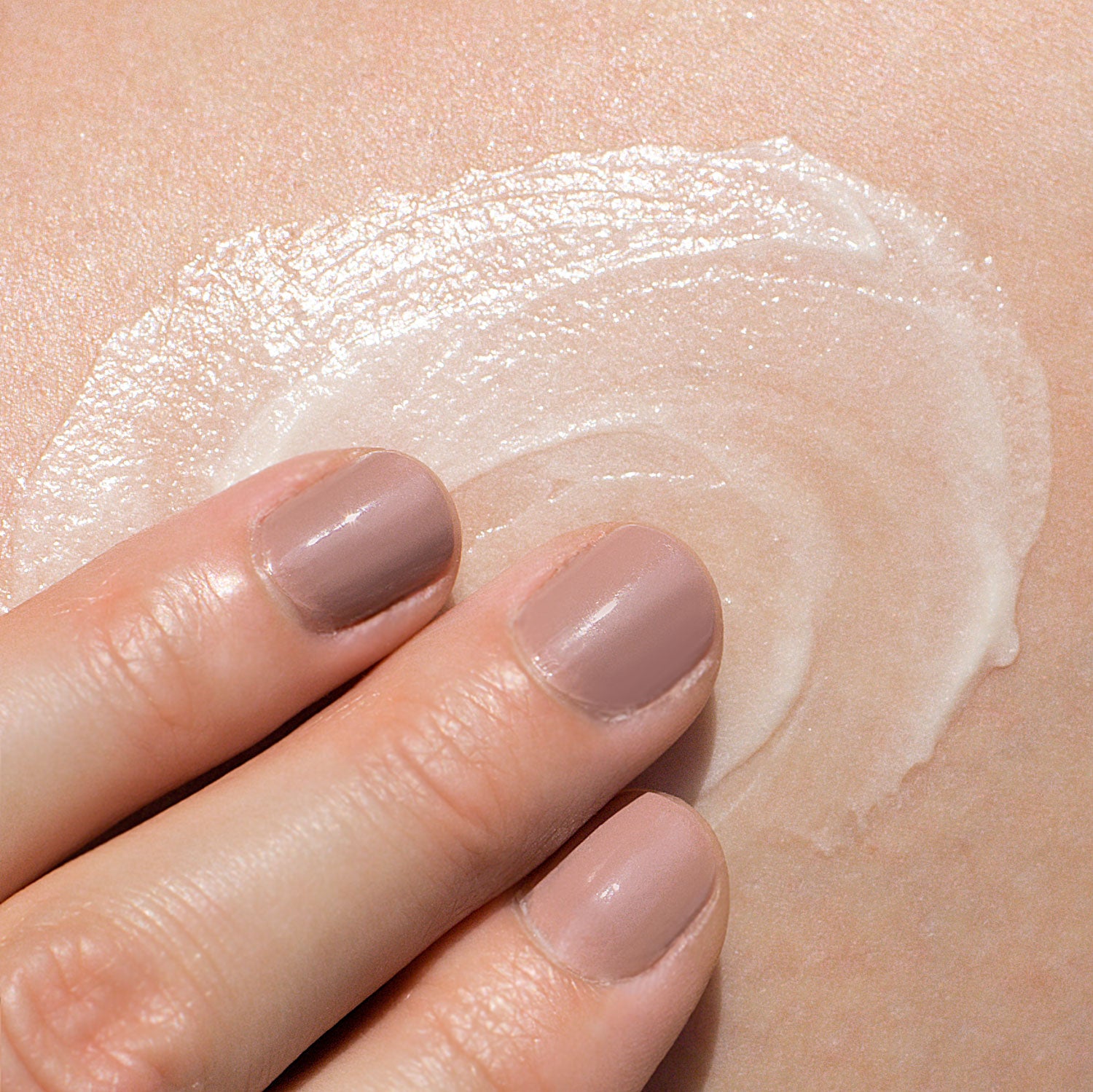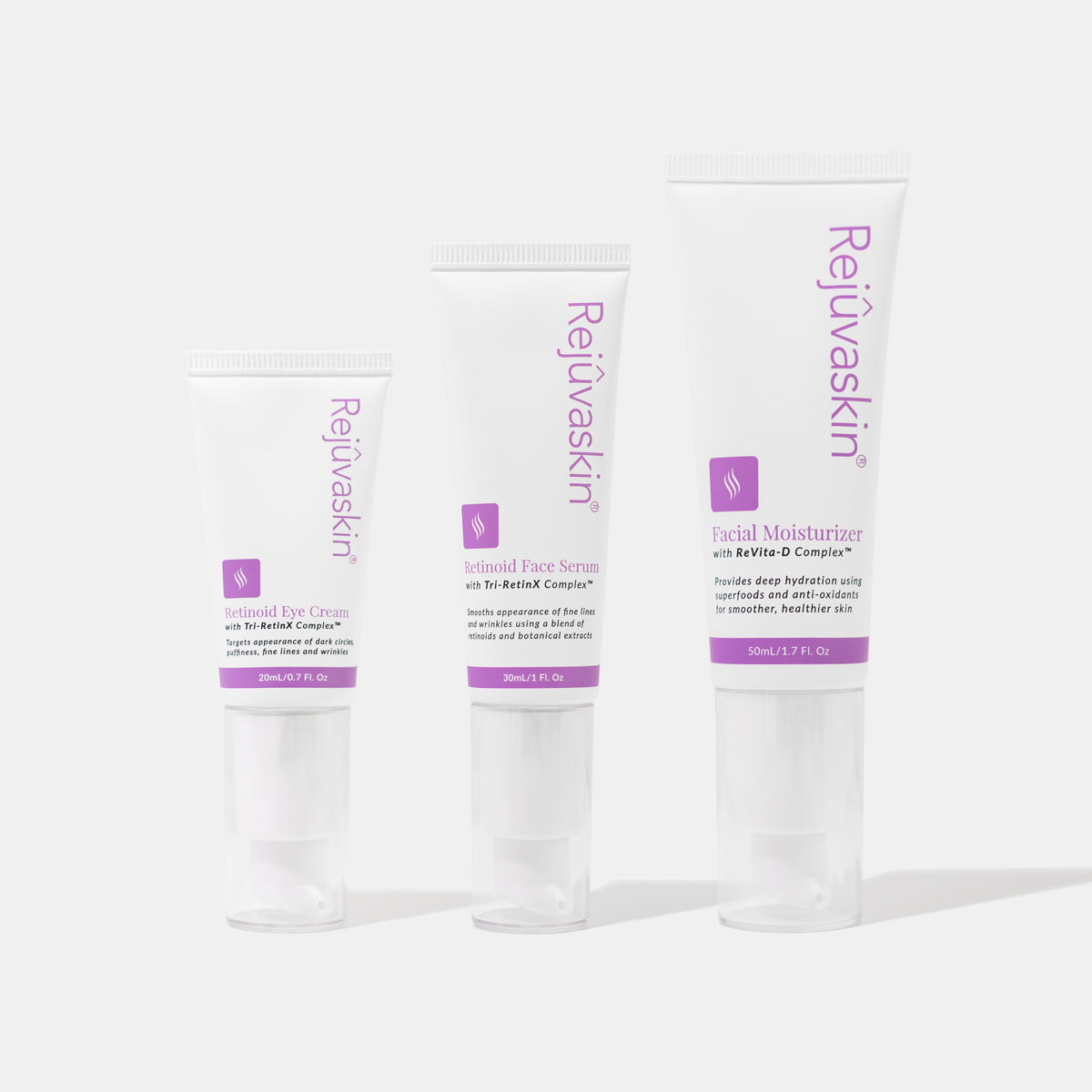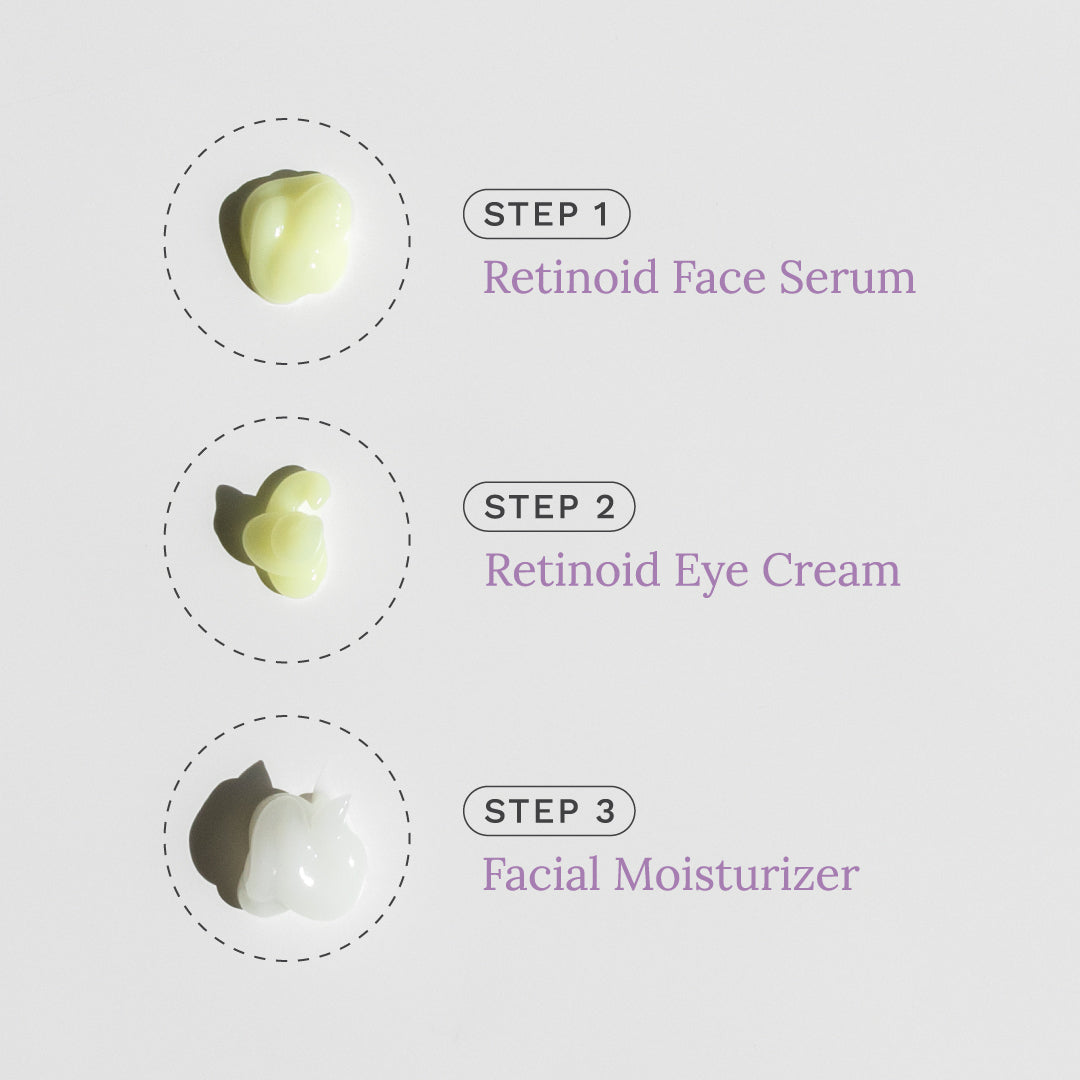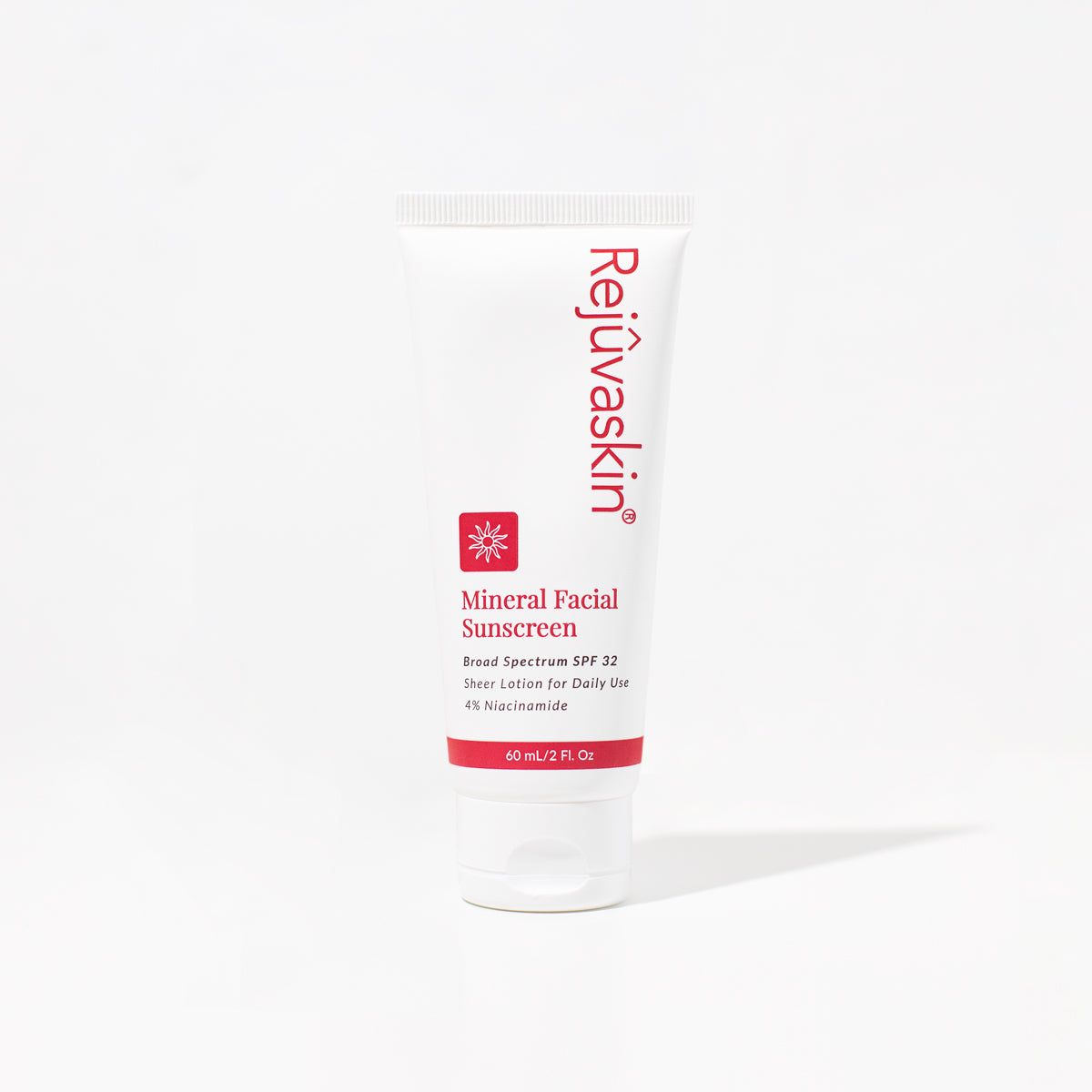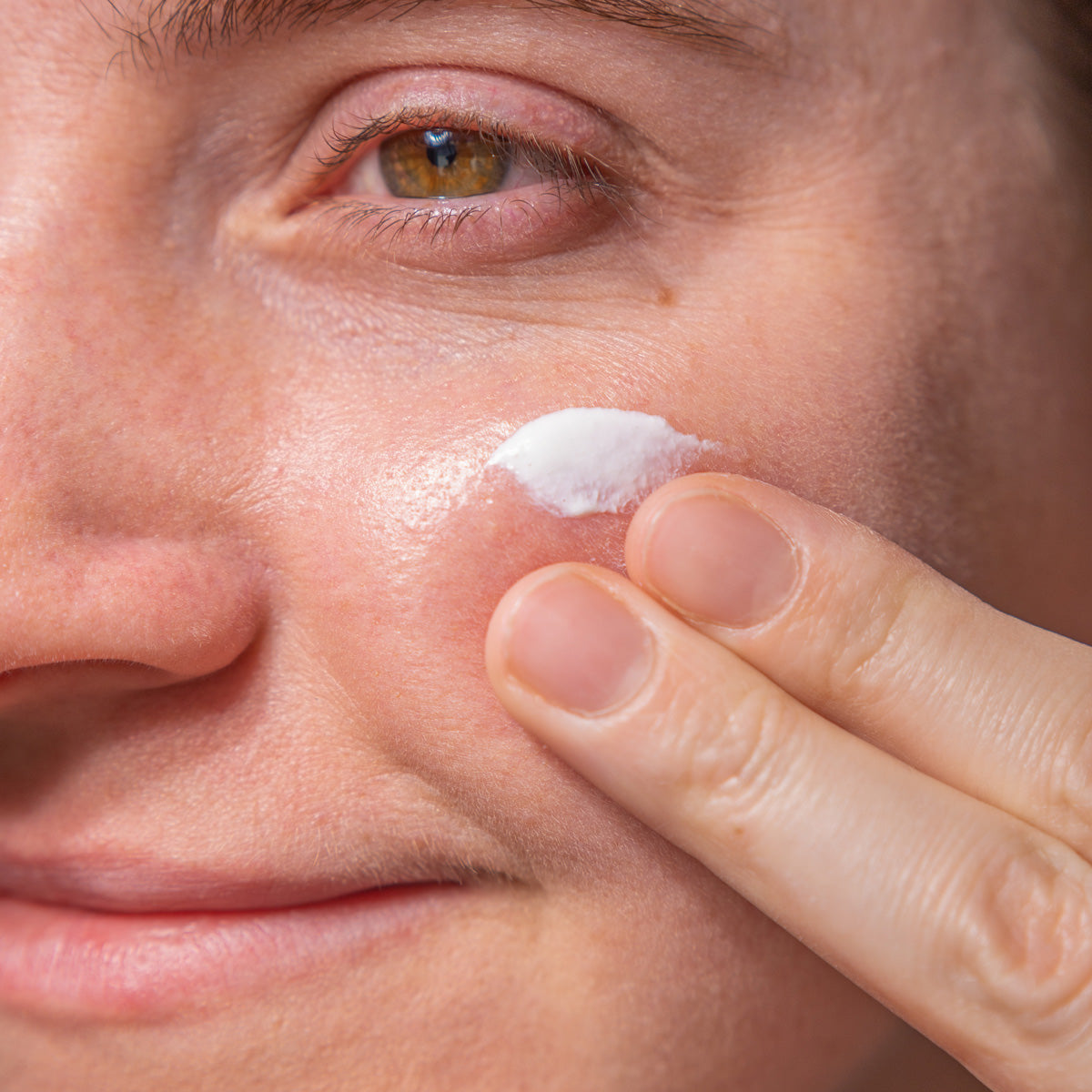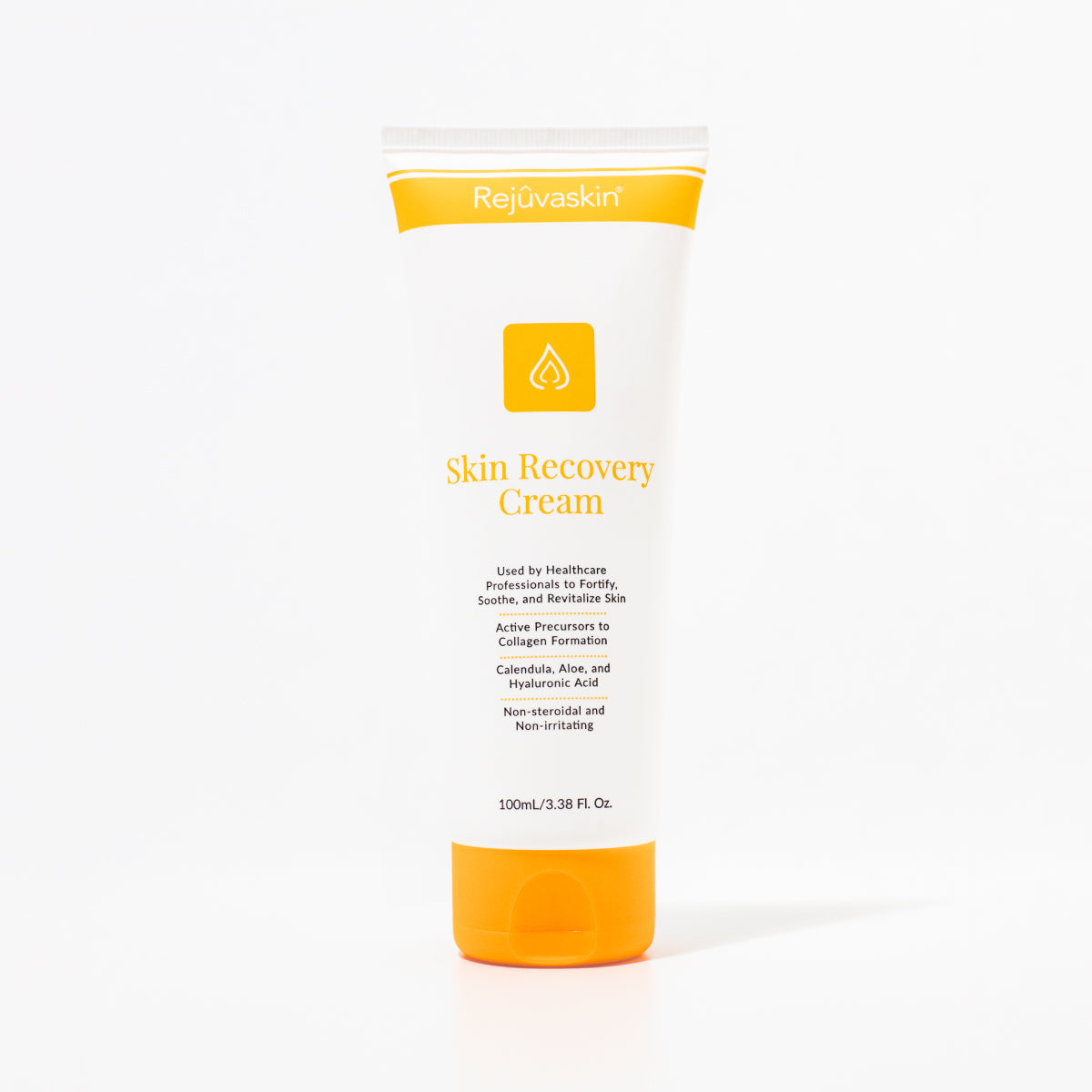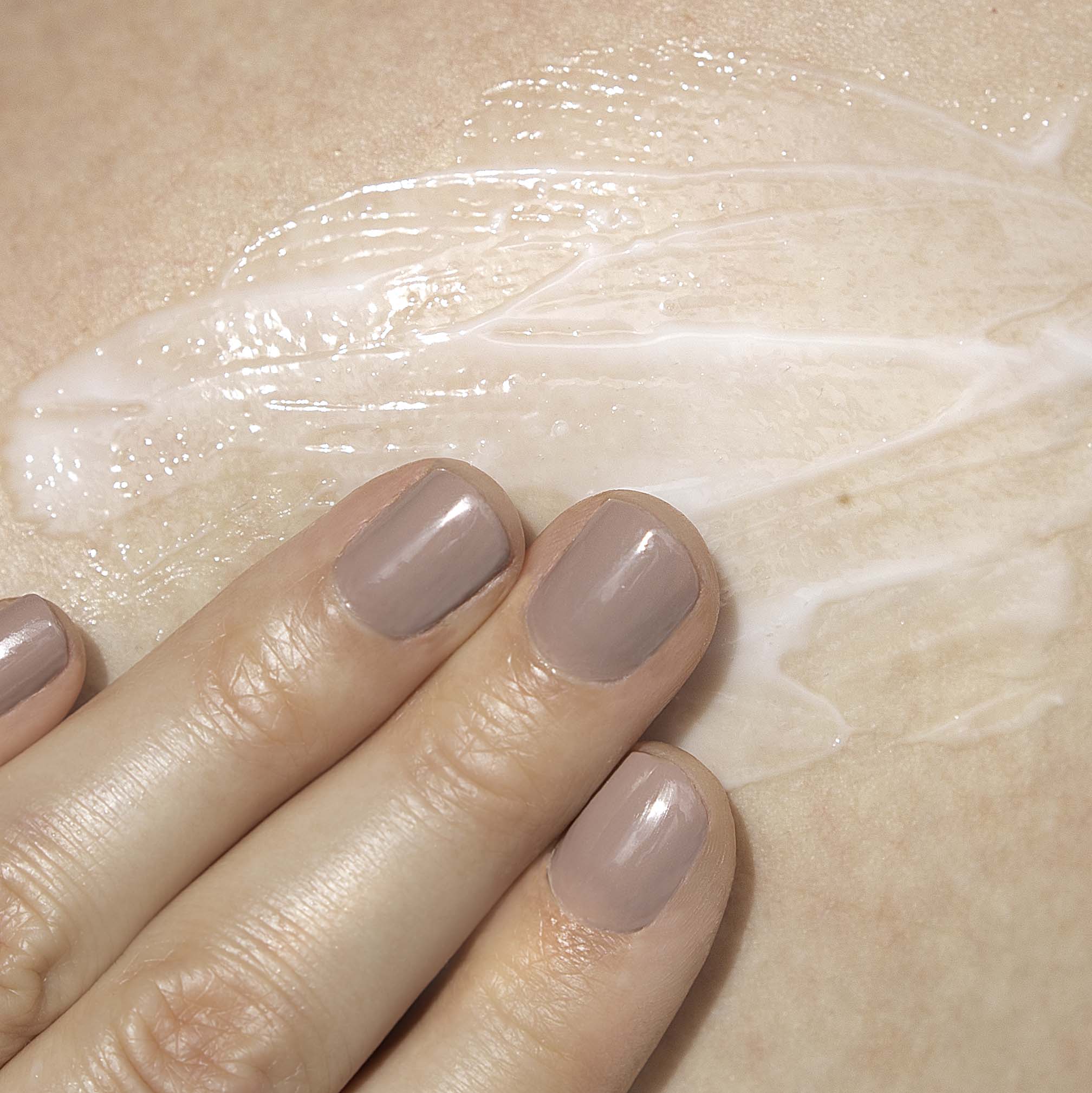Scarring is a natural result of healing in damaged skin, but that doesn’t mean you have to live with it. Unfortunately, even laparoscopic surgeries can cause scarring, especially if the surgical wound becomes stretched, infected, or heals improperly. Even though scars are normal, you, like the majority of others, probably wish they weren’t there.
There are many different types of scarring, all of which are a common side effect of our body’s healing mechanism; however, keloid scars are slightly different and a little more unsightly.
1 - What Are Keloid Scars?
Keloid scars are a particular type of scar that results from the overproduction of scar tissue. This overproduction usually leads to an elevated, raised area of scar tissue that often extends beyond the original wound site. Keloid scars are often a different color and texture than the surrounding skin, making them incredibly visible to the naked eye. Since keloid scarring can protrude from the skin’s surface, they have the potential to be difficult to treat and remove.
2 - How Common Are Keloid Scars?
Scarring occurs in everyone; however, keloids seem to be more common in certain subgroups of the population. According to the AAD, “the keloid is the most common skin condition among ethnic Chinese in Asia. In the United States, keloids are more common in African Americans and Hispanic Americans than whites.” Additionally, it appears that there is a genetic component to a person’s likelihood of developing keloids after skin trauma.
3 - Can Keloid Scars Turn Into Cancer?
You can breathe a sigh of relief with this skin concern; keloids are simply scar tissue, which is not highly vascularized or rapidly reproducing like normal skin cells. While your keloid scar may appear to grow over the course of several months, there’s no cause for concern over cancer.
4 - What Kinds of Keloid Treatments Are Available?
Keloid scars, and scars of any kind, aren’t the prettiest things to look at. Most of us want our skin to look smooth and vibrant, after all. If you’re wondering how to get rid of keloid scars, you certainly have a few options, and they work best when used in tandem.
Significant breakthroughs have been made in the past ten years in regards to scar treatment and removal. Depending on the location of your scar, your dermatologist might recommend any of the following treatments: steroid injections, laser treatment, surgical removal, cryotherapy, ligature, radiation, and (our personal favorite) silicone sheeting and gels.
Rejuvaskin’s Keloid Scar Products
Skin therapies are rapidly changing and evolving, and we’ve seen many keloid sufferers find that the appearance of scarring improves with regular use of our Scar Fx Silicone Sheeting and RejûvaSil Silicone Scar Gel. In fact, Scar Fx silicone sheeting is recommended by plastic surgeons and dermatologists worldwide.
You deserve healthy, beautiful skin that you can be proud of; talk to your dermatologist about your options for treating keloid scarring; if they mention silicone treatments, know that we’ve got your back with top-of-the-line products.
